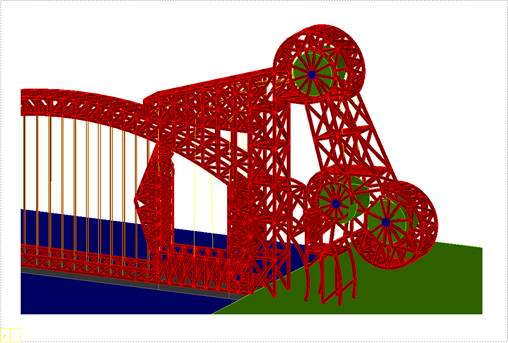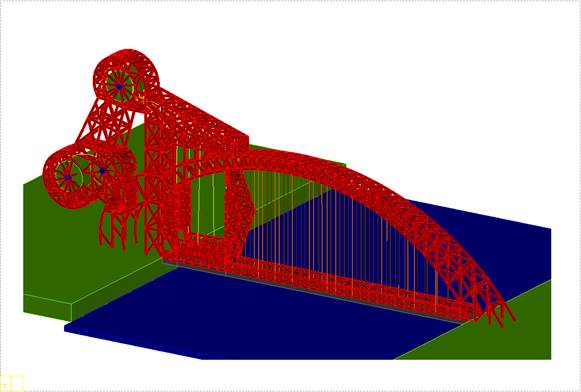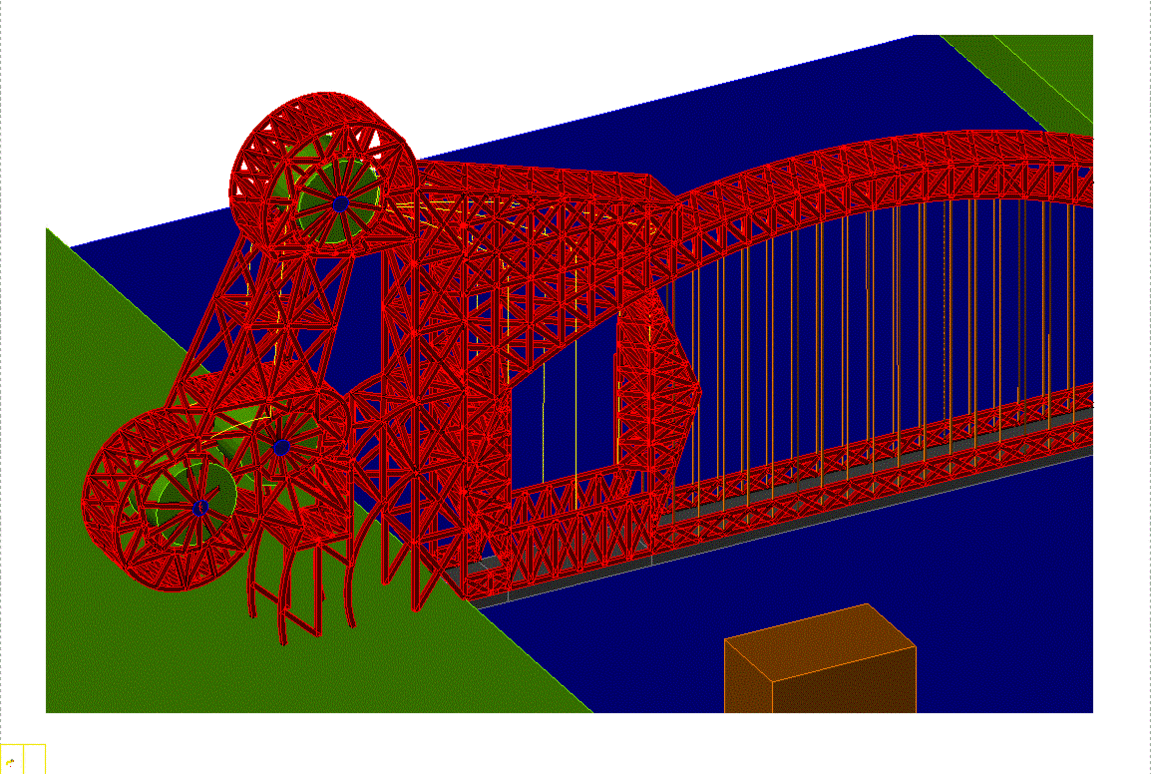Project 1:
Form and Function
Prototypes (Form)
Conceptual Diagrams
The purpose of this project is to
examine the relationship of form and function in architectural design. A bridge
prototype design transforms into a new functional bridge with analogies that
are household items. The bridge must be transformed in order to allow a boat
with a clearance of 30 feet wide and 40 feet height to pass through.
|
Sydney Harbour Bridge
|
William H. Natcher
Bridge
|
Ikitsuki Bridge
|
|
Arch Bridge |
Cable-Stay Bridge |
Cantilever Bridge |
Movement/
Analogy (Function)
|
Scissor
|
|
|
Can Opener
|
|
|
Pulley
|
|
3XConceptual
Combinations Table
|
|
|
|
|
|
|
Pro: Bridge can move horizontal by having a pivot point on center of bridge. Con: Horizontal movement would be difficult since there are many wires |
Pro: Can be added anywhere on the bridge Con: The part being removed will have to supported |
†Pro: Bridge can open upwards Con: There can be an unbalance |
|
|
Pro: By placing gears in the bridge, it can allow the deck to move up or down Con: This would be simple to create |
†Pro: The deck can be moved in any way by using gears Con: Can be difficult to make the moveable deck that will have to be supported |
Pro: The gears can move from anywhere Con: the positioning of the movement road |
|
|
Pro: Lifting the middle section of the bridge Con: The Arch needs to be high so the opening of the boats can pass through |
Can be used to lift a draw bridge |
Pro: It can be easy to lowering the weight for the cable. Con: Itís difficult for the cable to move a vertical |
Preliminary
designs




Animation of transformation process




Elevations




3-D
Animations


















